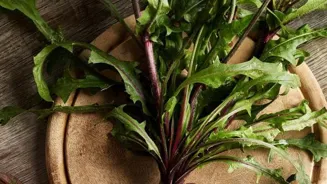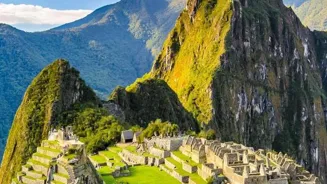Unveiling Skincare Secrets: Journeys Through Time & Cultures. Discover ancient rituals to modern innovations
For centuries, people in Bharat and across the globe have been keen on maintaining healthy and glowing
skin. These practices have evolved, from simple, natural remedies to elaborate rituals. Let us explore some skincare practices from different eras, showing how important skincare is to humanity.
This journey through time reveals how different cultures used their local resources and knowledge to enhance their skin’s natural beauty. These traditions shed light on how beauty standards and practices have changed over the years.
Ancient India (3000 BCE - 1500 BCE): The Home of Ayurveda
Imagine a time when natural ingredients were considered to be gold. Ancient India, with its rich history, gave the world Ayurveda, an ancient system of medicine which focused not just on treating diseases but on preventing them too.
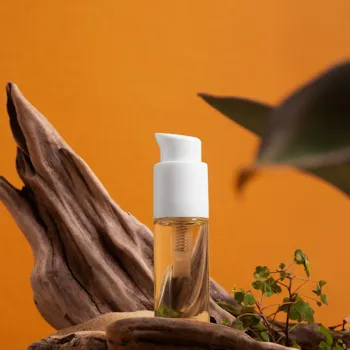
Skincare was not just about looking good, it was about overall well-being. Ingredients like turmeric, sandalwood, and neem were commonly used in face packs and bathing rituals. Turmeric, known for its anti-inflammatory and antiseptic properties, was a must-have in bridal beauty routines.
Sandalwood provided a soothing and cooling effect, and neem was sought after for its antibacterial powers for dealing with skin issues.
Practices included regular oil massages (Abhyanga) using sesame or coconut oil, to nourish the skin and improve circulation, promoting a healthy and radiant complexion.
Ancient Egypt (3100 BCE - 30 BCE): The Land of Milk and Honey
Picture Cleopatra, the queen of Egypt, her skin smooth and radiant! The ancient Egyptians were known for their advanced knowledge of skincare. Their rituals, filled with the use of natural ingredients, were believed to offer divine beauty benefits.

Milk and honey baths were a common practice, as milk contains lactic acid, a natural exfoliant, and honey is known for its moisturizing and antibacterial qualities. They also used aloe vera to soothe sunburns and heal wounds, and kohl (made from galena) to protect their eyes from the sun.
Egyptians were also among the first to use cosmetics like rouge (from ochre) and eyeshadow (from malachite) to enhance their features. These practices show that they had a deep understanding of the properties of natural ingredients and how to use them for skin health.
Ancient Greece (800 BCE - 600 CE): The Focus on Natural Beauty
The ancient Greeks, known for their love of philosophy and beauty, believed in simple but effective skincare practices. They considered olive oil a gift from the gods and used it generously to cleanse, moisturize, and protect their skin.
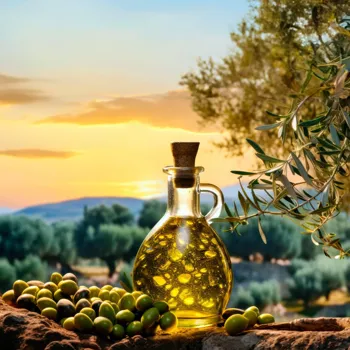
Honey was another favourite, used for its healing and moisturizing properties. Greeks would also use pumice stones to exfoliate their skin, removing dead cells and revealing a smoother complexion.
Greek physicians like Hippocrates emphasized the importance of diet and exercise for skin health, a holistic approach that goes beyond just topical treatments.
Bathing in thermal springs was also popular, as the mineral-rich water provided therapeutic benefits for the skin, making it smooth and supple.
Ancient Rome (753 BCE - 476 CE): Indulgence and Innovation
The Romans adopted and expanded upon many Greek skincare practices, adding their own touch of luxury and innovation. Public bathhouses (thermae) were central to Roman life, providing a place to socialize, exercise, and of course, to pamper the skin.
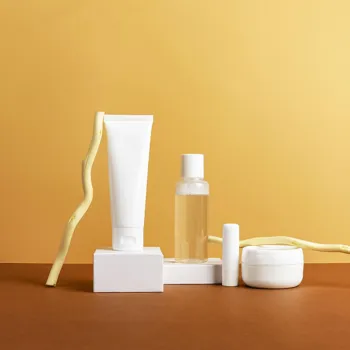
Romans used olive oil, honey, and herbs in their skincare routines. They also experimented with a variety of ingredients, including milk, wine, and even crocodile dung (believed to have exfoliating properties, though we can all agree that is not followed anymore).
Roman women used cosmetics extensively, including face powders made from chalk, rouge from crushed berries, and eye makeup made from antimony. The Romans were also known for their advanced techniques in creating perfumes and creams that made skincare a lifestyle!
East Asia (Various Dynasties): The Art of Layering and Protection
In East Asian cultures from China to Korea and Japan, skincare was always a sophisticated art. Rice water, known for its brightening and soothing properties, was a staple in their skincare routines. They used it as a toner and cleanser.

Green tea, rich in antioxidants, was another widely used ingredient, consumed as a beverage and applied topically to protect the skin from sun damage and free radicals. In Japan, Geishas used camellia oil to cleanse and moisturize their skin.
These traditions emphasize the importance of protecting the skin from sun exposure and using natural, gentle ingredients. The concept of layering products, a common practice in modern skincare, finds its origins in these ancient East Asian beauty routines.
Medieval Europe (5th - 15th Centuries): Simplicity due to Times
Let’s go to medieval Europe, a time when life was simple. Skincare was basic and based on what they could find around them. People mostly used herbal remedies due to limited availability. They used things like lavender, chamomile, and rosemary for their soothing and healing properties.
Bathing was not a daily affair for many due to hygiene concerns and lack of facilities. Simple soaps were made from animal fats and lye and were quite harsh on the skin and mostly water was used for cleansing. Honey and beeswax were used as moisturizers because that’s what they could find.
People living in medieval Europe looked up to herbal remedies because there was not much out there for beauty. People believed God should like you for who you are.
The Renaissance (14th - 17th Centuries): The Return to Beauty
The Renaissance saw a resurgence of interest in art, beauty, and classical ideals. Complexions were highly sought after, and women used a variety of techniques to achieve a pale and flawless look.
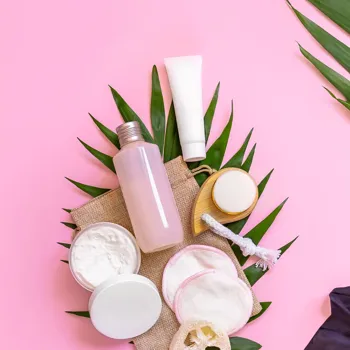
They used lead-based powders and creams to lighten their skin, although this practice was highly toxic and harmful. They also used rouge and lip stains made from natural dyes to add colour to their faces. The desire for beauty and youth led to creative but often dangerous practices.
Elaborate hairstyles and clothing became part of skincare, signifying status and refinement. This era highlights the cultural importance given to beauty and its influence on skincare, even when methods were risky.
The Victorian Era (1837 - 1901): Modesty and Natural Remedies
During the Victorian era, a pale complexion was still considered very good, but blatant displays of makeup were frowned upon. Women used homemade concoctions which were made with natural ingredients like lemon juice, oatmeal, and rosewater to cleanse and brighten their skin.
They used face masks made of honey and almond meal to soften and moisturize and believed in keeping it simple. Scented waters and herbal tonics were used to keep skin looking fresh. They believed in beauty sleep of eight hours every night.
They stayed away from direct sunlight and would cover themself so they would not get tan.
The Modern Era (20th Century - Present): Science and Innovation
The 20th and 21st centuries have brought about the biggest revolution in skincare. Science and technology have gone up. This is where we see the rise of modern dermatology, cosmetic chemistry, and advanced skincare formulations.
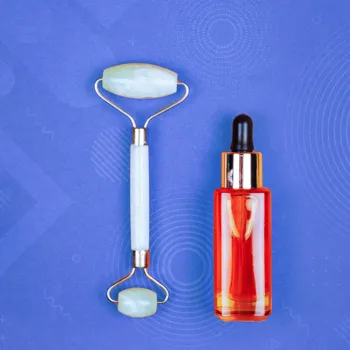
Products are based on scientific research and active ingredients like retinoids, vitamin C, and hyaluronic acid, these help with a wide range of skin concerns.
Treatments like chemical peels, microdermabrasion, and laser therapy have become popular, providing effective solutions for aging, acne, and pigmentation. Skincare has become personalized, with many brands offering customized routines and formulations based on individual skin types.
AI Generated Content. Glance/InMobi shall have no liability for the content






